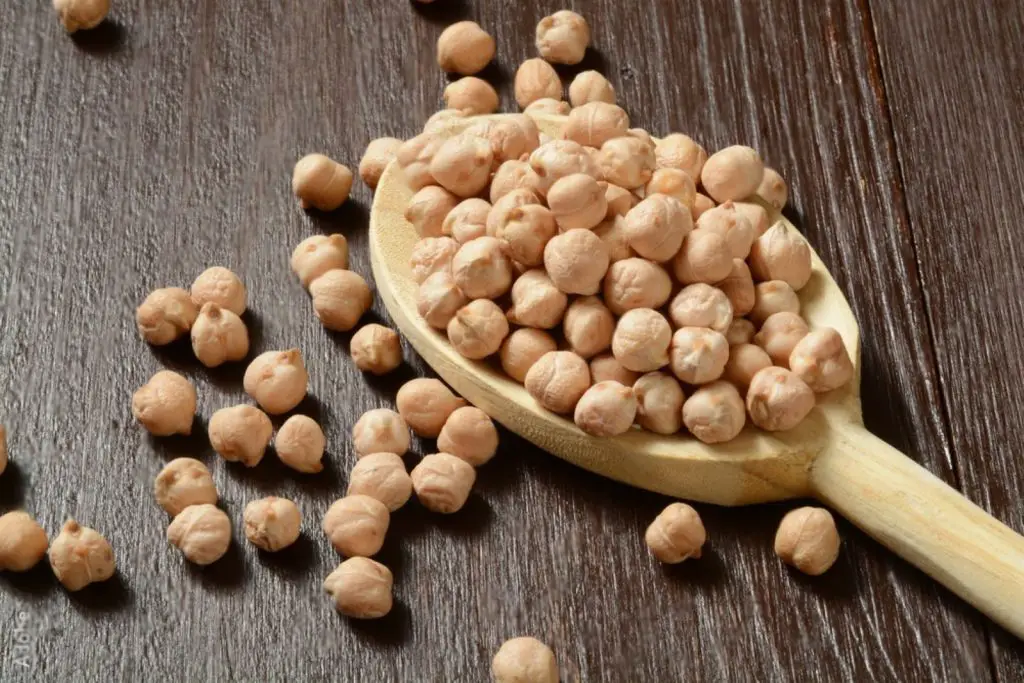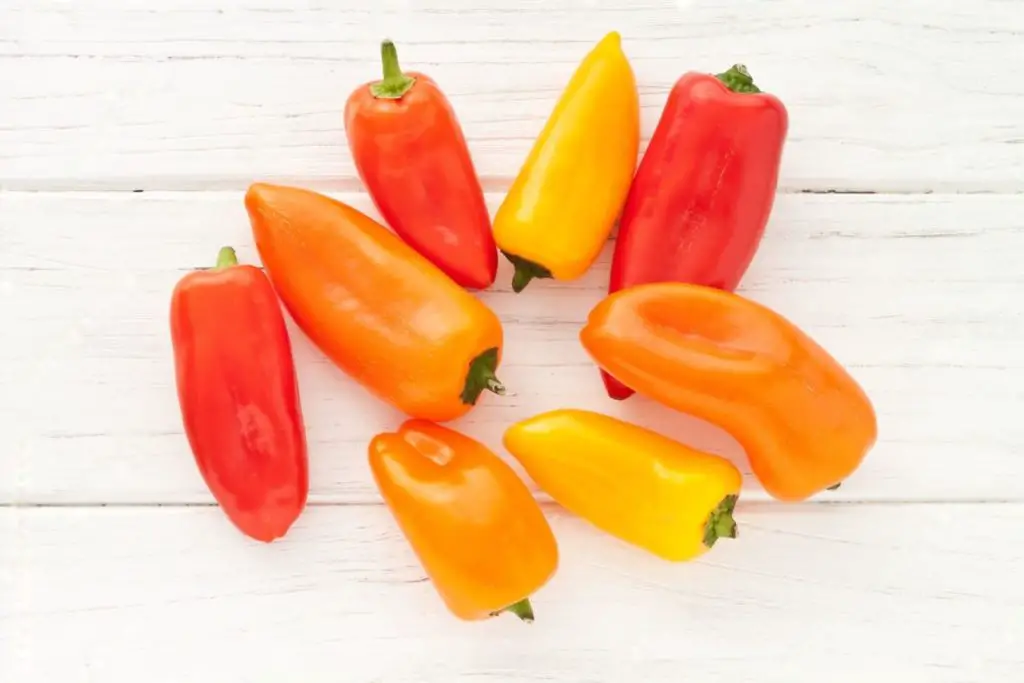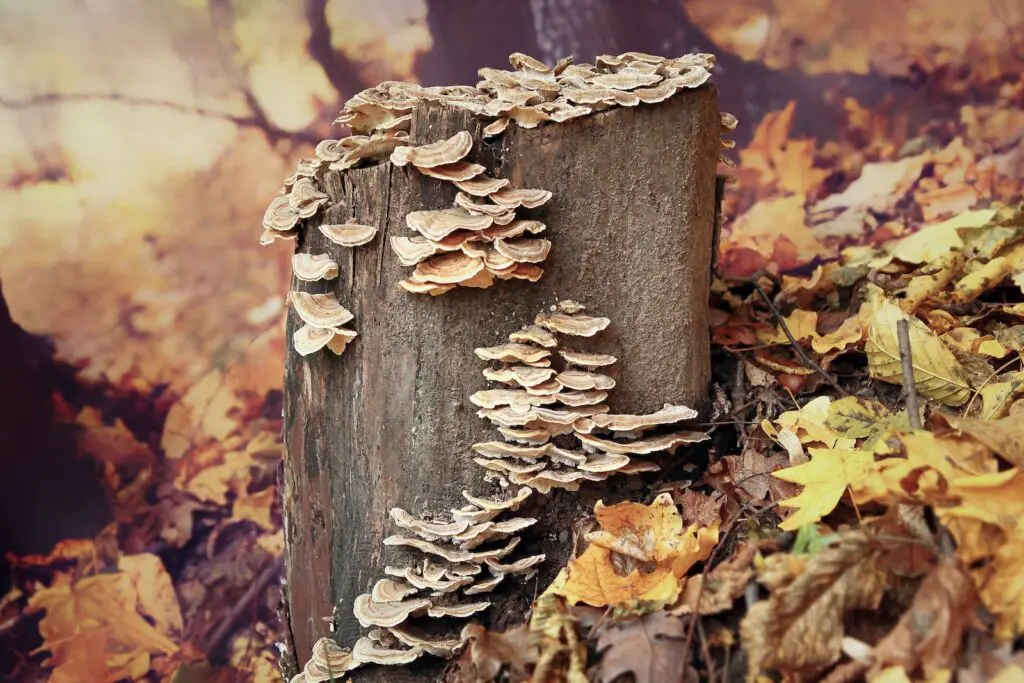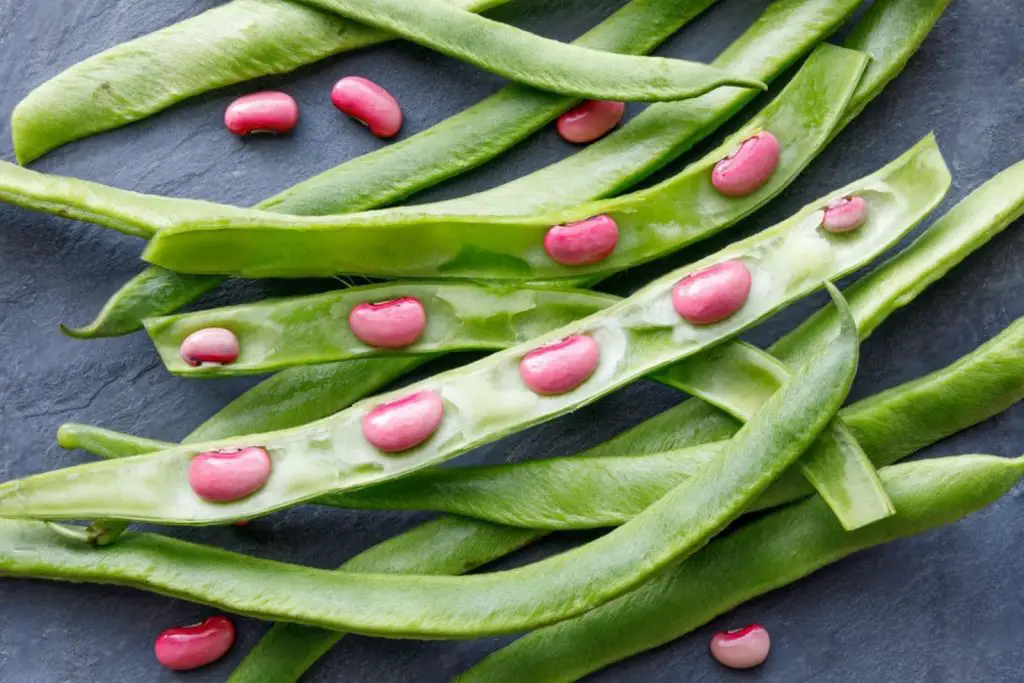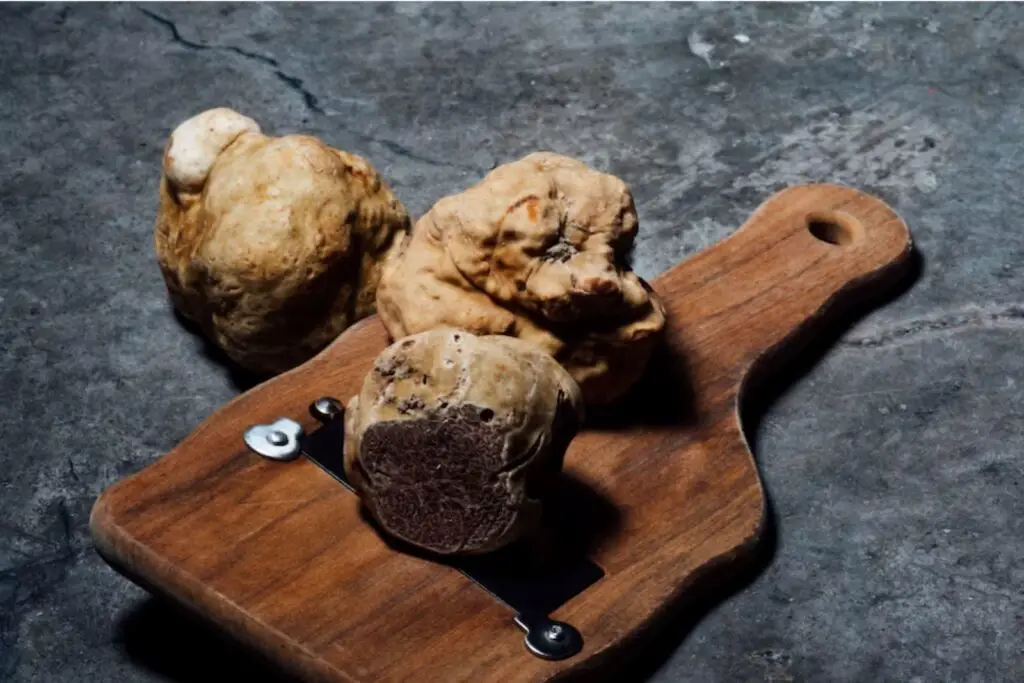
Corn on the cob is a beloved summertime staple, bringing joy to backyard barbecues, picnics, and family gatherings. The sweet and juicy kernels, perfectly encased in their golden husks, offer a delightful burst of flavor with every bite. However, when corn season is in full swing and an abundance of fresh corn is available, freezing it can be a practical and efficient way to preserve its taste and texture for enjoyment throughout the year. In this guide, we will delve into the art of freezing corn on the cob, allowing you to savor that irresistible summer sweetness even when the warm days have long passed, ensuring that the essence of this seasonal delight can be enjoyed at any time.
Here are the simple steps to freeze corn on the cob:
Step 1: Start with fresh corn
Starting with fresh corn is important because it ensures that you’ll have the best-tasting and most flavorful corn on the cob. Here’s why:
- Sweetness and Flavor: Corn is at its peak sweetness and flavor when it is freshly harvested. As corn matures, the sugars in the kernels start converting into starch, resulting in a less sweet and flavorful taste. By selecting fresh corn, you can enjoy the natural sweetness and delicate flavor that comes from corn harvested at its peak ripeness.
- Texture: Freshly harvested corn has a crisp and juicy texture, which is one of the most enjoyable aspects of eating corn on the cob. As corn ages, the kernels can become tougher and lose their moisture, leading to a less pleasurable eating experience. By choosing fresh corn, you can ensure a tender and succulent texture that enhances your enjoyment.
- Appearance: Bright green husks and plump kernels are indicators of freshness in corn. The color of the husks reflects the vitality of the corn, and bright green husks suggest that the corn has been recently harvested. Plump kernels indicate that the corn is well-developed and filled with moisture. By selecting corn with these visual characteristics, you increase the likelihood of obtaining corn that is at its peak ripeness and quality.
Is it better to freeze corn on the cob or cut it off before freezing?
The decision to freeze corn on the cob or cut it off before freezing depends on personal preference and intended use. Freezing corn on the cob preserves its natural shape and presentation, which can be appealing if you plan to serve it as a whole cob. On the other hand, cutting off the kernels before freezing offers more versatility for various recipes and easier incorporation into dishes. Consider your specific needs and preferences to determine which option is better for you.
Can I freeze corn on the cob with the husk still on?
It is not recommended to freeze corn on the cob with the husk still on. The husk can trap moisture, leading to potential freezer burn and degradation of the corn’s quality. Additionally, freezing corn on the cob with the husk intact can make it more challenging to remove the husk when it’s time to cook or serve the corn. It is best to remove the husk before freezing for optimal results.
Step 2: Blanch the corn
Blanching corn is an essential step in the cooking process as it helps preserve the taste, texture, and nutritional value of the corn. Here’s why blanching is important and why specific boiling times are recommended:
- Enzyme Inactivation: Corn contains natural enzymes that, if left untreated, can cause the corn to become tough and lose its vibrant color during cooking. Blanching involves briefly boiling the corn to inactivate these enzymes, ensuring that the corn retains its tenderness, flavor, and appealing appearance.
- Sterilization and Cleaning: Blanching also helps sterilize the corn by eliminating any surface bacteria or dirt that may be present. The high heat of boiling water helps remove any potential contaminants, ensuring that the corn is safe to eat.
- Cooking Time Considerations: The recommended boiling times for different sizes of corn ears (small, medium, and large) are based on achieving optimal doneness. These times ensure that the corn kernels are cooked through and tender, while still maintaining a slight crispness. Boiling the corn for too long can result in overly soft or mushy kernels, while undercooking may leave the corn tough and not fully cooked.
It’s important to note that boiling times may vary slightly depending on the specific variety of corn and personal preference. The recommended times of 7 minutes for small ears, 9 minutes for medium ears, and 11 minutes for large ears are general guidelines to achieve a balance of tenderness and texture.
Can I freeze corn on the cob without blanching it?
It is generally recommended to blanch corn on the cob before freezing it to preserve its quality. Blanching helps inactivate enzymes that can cause flavor and texture changes during storage. While you technically can freeze corn on the cob without blanching, it may result in a lower-quality product with the potential loss of flavor, texture, and color over time.
Step 3: Cool the corn
Cooling the corn immediately after blanching is an essential step that serves multiple purposes in preserving the quality of the corn. Here’s why cooling the corn in ice water is important:
- Halting the Cooking Process: When corn is blanched, the high heat partially cooks the kernels. By transferring the corn to ice water after blanching, you rapidly lower its temperature, effectively stopping the cooking process. This ensures that the corn doesn’t continue to cook and become overcooked or mushy, preserving its desired crispness and texture.
- Retaining Color: Cooling the corn in ice water helps retain its vibrant color. The rapid temperature reduction helps to preserve the pigments responsible for the corn’s bright yellow color. If corn is not cooled promptly, it can continue to cook from the residual heat, resulting in a duller appearance.
- Maintaining Crispness: Plunging the corn into ice water helps maintain its crispness and freshness. The quick cooling process helps to firm up the kernels and preserve their natural juiciness. This step is particularly important if you plan to store the corn or use it in recipes that require a crisp texture, such as salads or salsas.
Step 4: Prepare for freezing
After cooling the corn, preparing it for freezing involves drying it and deciding whether to keep it on the cob or cut it into smaller pieces. Here’s why these steps are important and the considerations for each option:
- Drying the Corn: Patting the corn dry with a kitchen towel or paper towel is necessary before freezing to remove excess moisture. Moisture can contribute to freezer burn and negatively impact the quality of frozen corn. Drying the corn helps prevent ice crystals from forming on the kernels, which can lead to a loss of flavor and texture.
- Leaving the Corn on the Cob: Keeping the corn on the cob before freezing is a popular option, especially if you prefer the traditional experience of eating corn on the cob or plan to use it for grilling or roasting. Freezing corn on the cob helps maintain its natural shape and presentation. It can also be more convenient if you prefer to cook the corn on the cob directly without cutting it into smaller pieces.
- Cutting the Corn into Smaller Pieces: If you prefer more versatility in using frozen corn or have specific recipes in mind, cutting the corn into smaller pieces can be beneficial. This allows you to easily incorporate the corn into dishes like soups, stews, casseroles, or salads without the need to thaw and cut the corn later. Additionally, smaller pieces can freeze and thaw more quickly, making them convenient for quick meal preparation.
The decision to leave the corn on the cob or cut it into smaller pieces ultimately depends on your personal preference and intended usage. If you value the traditional corn-on-the-cob experience or have specific plans for grilling or roasting, keeping the corn on the cob is a suitable choice. On the other hand, cutting the corn into smaller pieces offers more versatility for various recipes. Regardless of your choice, ensuring that the corn is thoroughly dried before freezing helps maintain its quality during storage.
Should I remove the silk before freezing corn on the cob?
Yes, it is recommended to remove the silk before freezing corn on the cob. The silk can be difficult to remove after the corn is frozen and thawed, and it may affect the texture and taste of the corn. By removing the silk before freezing, you ensure a smoother and more enjoyable eating experience when you eventually cook or serve the corn on the cob.
Step 5: Package and seal
Packaging and sealing the corn properly before freezing is crucial to preserve its quality and protect it from freezer burn. Here’s why these steps are important and the considerations for each option:
- Wrapping Individual Cobs: If you have chosen to freeze the corn on the cob, wrapping each cob tightly in plastic wrap helps to protect it from freezer burn. Freezer burn occurs when moisture evaporates from the surface of the food, leading to dryness, texture changes, and loss of flavor. By wrapping the cobs in plastic wrap, you create a barrier that prevents moisture loss and exposure to air, reducing the risk of freezer burn.
- Airtight Freezer Bags or Containers: If you have cut the corn into smaller pieces, using airtight freezer bags or containers is a suitable option. These containers provide a secure seal that minimizes air exposure, preventing the corn from freezer burn. It’s important to use freezer-specific bags or containers as they are designed to withstand low temperatures and maintain a tight seal, ensuring the best preservation of the corn.
- Removing Excess Air: Whether you’re wrapping individual cobs or using freezer bags or containers, it’s important to remove as much air as possible before sealing. Excess air can cause freezer burn and affect the quality of the corn. Squeezing out the air from bags or using vacuum sealing techniques helps create a tight seal and minimizes the risk of freezer burn.
Can I freeze corn on the cob without plastic wrap?
Yes, you can freeze corn on the cob without plastic wrap. While plastic wrap is a commonly used method to protect corn from freezer burn, there are alternative options available. Wrapping the corn on the cob tightly in aluminum foil or placing it in airtight freezer bags or containers can also provide sufficient protection during freezing. The key is to create a barrier that prevents air exposure and moisture loss to maintain the corn’s quality.
Can I freeze corn on the cob in freezer bags?
Yes, you can freeze corn on the cob in freezer bags. Freezer bags are a suitable option for storing corn on the cob as they are designed to withstand low temperatures and provide a secure seal, preventing freezer burn. Ensure that the corn on the cob is properly wrapped or sealed in the freezer bags, removing excess air before sealing to maintain the corn’s quality during freezing.
Can I freeze corn on the cob in glass containers?
It is generally not recommended to freeze corn on the cob directly in glass containers. Glass containers can crack or shatter when exposed to extreme temperature changes, such as the freezing temperatures of a freezer. Additionally, the expansion of the liquid content in the corn as it freezes could cause the glass to break. It is safer to use freezer-safe plastic bags or containers specifically designed for freezing corn on the cob.
Step 6: Label and date the packages
Labeling and dating the packages of frozen corn is an important step to ensure organization and track the corn’s freshness. Here’s why it’s important to label and date the packages:
- Identification: By labeling each package with the contents (corn on the cob or corn kernels), you can easily identify the type of corn stored in the freezer. This is particularly useful if you have different packages of corn or other frozen foods, as it eliminates confusion and helps you find what you need quickly.
- Freshness Tracking: Including the date of freezing on the label allows you to track the freshness of the corn. Frozen corn can generally be stored for 8 to 12 months, but its quality may gradually decline over time. By knowing the freezing date, you can easily determine how long the corn has been in the freezer and make informed decisions about its usage. This helps ensure that you use the oldest packages first and avoid keeping the corn stored for an extended period, which could affect its taste and texture.
- Rotation: Labeling and dating the packages facilitate proper rotation of your frozen corn supply. When you add new packages to the freezer, you can easily identify the older ones based on the freezing date. This encourages you to use the older corn first, preventing it from sitting in the freezer for too long and potentially degrading in quality. Proper rotation helps ensure that you consistently enjoy the best-tasting corn and avoid wastage.
Step 7: Freeze the corn
Freezing the corn is the last step in the process, and it’s crucial to ensure proper storage and maintain the corn’s quality. Here’s why freezing the corn and following the recommended storage time is important:
- Preservation of Quality: Freezing is an effective method to preserve the quality of corn. The low temperatures in the freezer halt the growth of bacteria, yeast, and molds, preventing spoilage and maintaining the corn’s flavor, texture, and nutritional value. Freezing also helps retain the corn’s vibrant color and natural sweetness.
- Efficient Use of Space: When placing the wrapped corn cobs or sealed bags/containers in the freezer, it’s essential to arrange them in a way that maximizes the use of space. This allows for better organization and makes it easier to locate and access the corn when needed. Stacking the packages or using freezer storage solutions can help optimize the use of freezer space.
- Recommended Storage Time: While frozen corn can remain safe to eat indefinitely if stored properly. Over time, the frozen corn may experience flavor and texture changes, including the potential loss of sweetness, increased toughness, or a decline in overall taste. Using the corn within this recommended time frame ensures that you enjoy the best possible flavor and texture.
By freezing the corn promptly and following the recommended storage time, you can preserve its quality and extend its shelf life. This allows you to enjoy the flavors of fresh corn even during seasons when it’s not readily available. Remember to keep an eye on the expiration dates and prioritize using the oldest packages first to make the most of your frozen corn supply.
Other related questions
How do I thaw frozen corn on the cob?
To thaw frozen corn on the cob, there are a few options. The recommended method is to transfer the frozen corn from the freezer to the refrigerator and allow it to thaw overnight. Alternatively, you can thaw it by placing the corn on the cob in a sealed plastic bag and submerging it in cold water for a couple of hours, ensuring the water is changed every 30 minutes. Avoid thawing corn on the cob at room temperature to prevent bacterial growth. Once thawed, you can cook the corn on the cob using your preferred method.
How long does frozen corn on the cob stay good in the freezer?
Frozen corn on the cob can be stored in the freezer for approximately 8 to 12 months while maintaining good quality. However, it’s important to note that the longer corn on the cob is frozen, the more it may experience flavor and texture changes. To ensure the best taste and texture, it’s recommended to use frozen corn within the 8 to 12-month timeframe. Regularly checking the storage time and using the oldest packages first helps maintain the best quality and flavor of the frozen corn on the cob.
Can I refreeze previously thawed corn on the cob?
It is generally not recommended to refreeze previously thawed corn on the cob. When you thaw the corn, ice crystals may form and cause damage to the cellular structure, leading to a loss of texture and quality. Additionally, the thawing process can allow bacteria to multiply, increasing the risk of foodborne illness. To maintain the best quality and safety, it’s advisable to only thaw the amount of corn you plan to use and avoid refreezing any leftovers.
How do I know if my frozen corn on the cob has gone bad?
To determine if your frozen corn on the cob has gone bad, use your senses and look for signs of spoilage. Start by inspecting the corn for any noticeable discoloration, such as darkening or browning. If the corn appears slimy or has an off-putting odor, it is likely spoiled. Additionally, if there are ice crystals or freezer burn spots on the corn, it may have lost its quality. Trust your instincts and if in doubt, it is safer to discard the corn to avoid any potential foodborne illnesses.
Can I use frozen corn on the cob with the fresh ones?
Yes, you can use frozen corn on the cob alongside fresh ones. Frozen corn on the cob can be a convenient option when fresh corn is out of season or unavailable. However, it’s important to note that there may be slight differences in texture and taste between frozen and fresh corn. Frozen corn on the cob tends to be slightly softer, but it can still be used in recipes such as soups, stews, or side dishes. Adjust cooking times accordingly when using a combination of fresh and frozen corn to ensure even cooking.
Can I freeze corn on the cob that has been seasoned or flavored?
Yes, you can freeze corn on the cob that has been seasoned or flavored. However, keep in mind that the flavors may intensify during freezing and thawing, so consider adjusting the seasonings accordingly. Some seasoning or flavoring ingredients, such as butter or herbs, may lose some of their potency or texture after freezing, so you may need to refresh them when you reheat or serve the corn.
Can I freeze corn on the cob if it’s been left out at room temperature?
It is not recommended to freeze corn on the cob that has been left out at room temperature for an extended period. Leaving corn on the cob at room temperature allows bacteria to multiply rapidly, increasing the risk of foodborne illnesses. To ensure food safety, it’s best to discard any corn on the cob that has been left out for more than two hours and avoid freezing it to prevent potential health risks.

